Calla Lily Bloody Mary Pack of 1 Bulb
₹249.00
In stock
Calla Lily Bloody Mary from Bulbs: A Gardener’s Guide
Calla lilies are the epitome of elegance, with their sleek, trumpet-shaped blooms and striking foliage. While they may look like delicate, high-maintenance plants, growing calla lilies from bulbs is surprisingly simple. Whether you’re planting them in garden beds or containers, these beauties will reward you with a stunning display. Here’s a practical guide to help you get started.
Calla Lily Bloody Mary Why Choose Calla Lilies?
Calla lilies bring sophistication to any space. Available in an array of colors, from classic white to deep purple and vibrant orange, they’re perfect for gardens, patios, or as cut flowers for your home. Even their leaves, often speckled or glossy, add to their charm.
Calla Lily Bloody Mary When to Plant Calla Lily Bulbs
Calla lilies are tender perennials, which means they thrive in warm weather. If you live in a frost-free zone (USDA zones 8-10), you can plant them directly in the ground in spring. In cooler regions, wait until after the last frost, or start them indoors to give them a head start.
Choosing the Right Spot
Calla lilies grow best in areas with bright, indirect sunlight. In hotter climates, some afternoon shade can prevent the blooms from fading. They also prefer rich, well-draining soil. If your soil is heavy or clay-like, amend it with compost or sand to improve drainage.
Calla Lily Bloody Mary Planting Calla Lily Bulbs
- Prepare the Soil: Loosen the soil to a depth of about 12 inches and mix in some compost or organic matter.
- Plant the Bulbs: Place the bulb (technically a rhizome) about 3-4 inches deep with the “eyes” or growing points facing upward. Space multiple bulbs 12-18 inches apart to give them room to spread.
- Water Gently: After planting, water the area lightly to settle the soil around the bulb. Keep the soil moist but not soggy as the bulb begins to sprout.
Caring for Calla Lilies
Watering
Calla lilies enjoy consistently moist soil but dislike being waterlogged. In dry periods, water deeply once or twice a week, ensuring the soil drains well.
Feeding
To encourage healthy blooms, feed your calla lilies with a balanced, slow-release fertilizer every 4-6 weeks during the growing season. Avoid high-nitrogen fertilizers, which can promote leafy growth at the expense of flowers.
| Color | Orange |
|---|---|
| Germination Level | Medium |
| Growth Pattern | Leaf without stem |
| Ideal location | Full sun |
| Hybrid or Open Pollinated | Hybrid |
| Origin Country | Holland |
Be the first to review “Calla Lily Bloody Mary Pack of 1 Bulb” Cancel reply
You must be logged in to post a review.



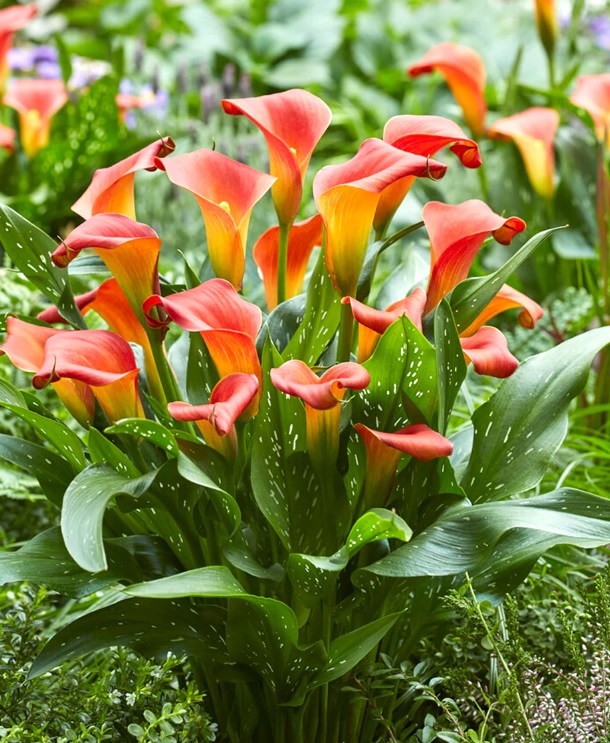
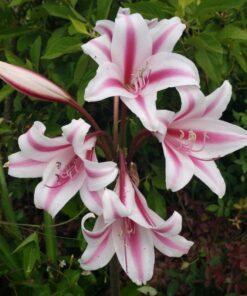
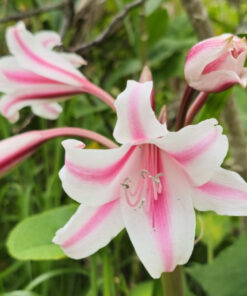
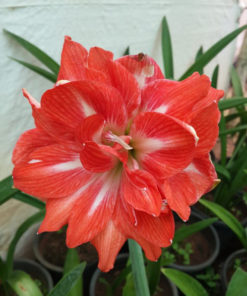
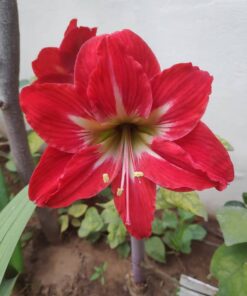


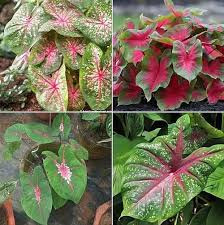
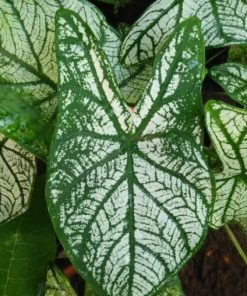
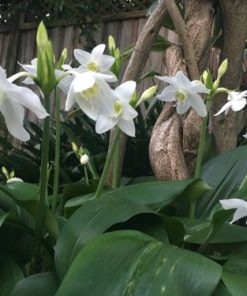
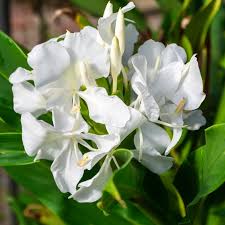
Reviews
There are no reviews yet.